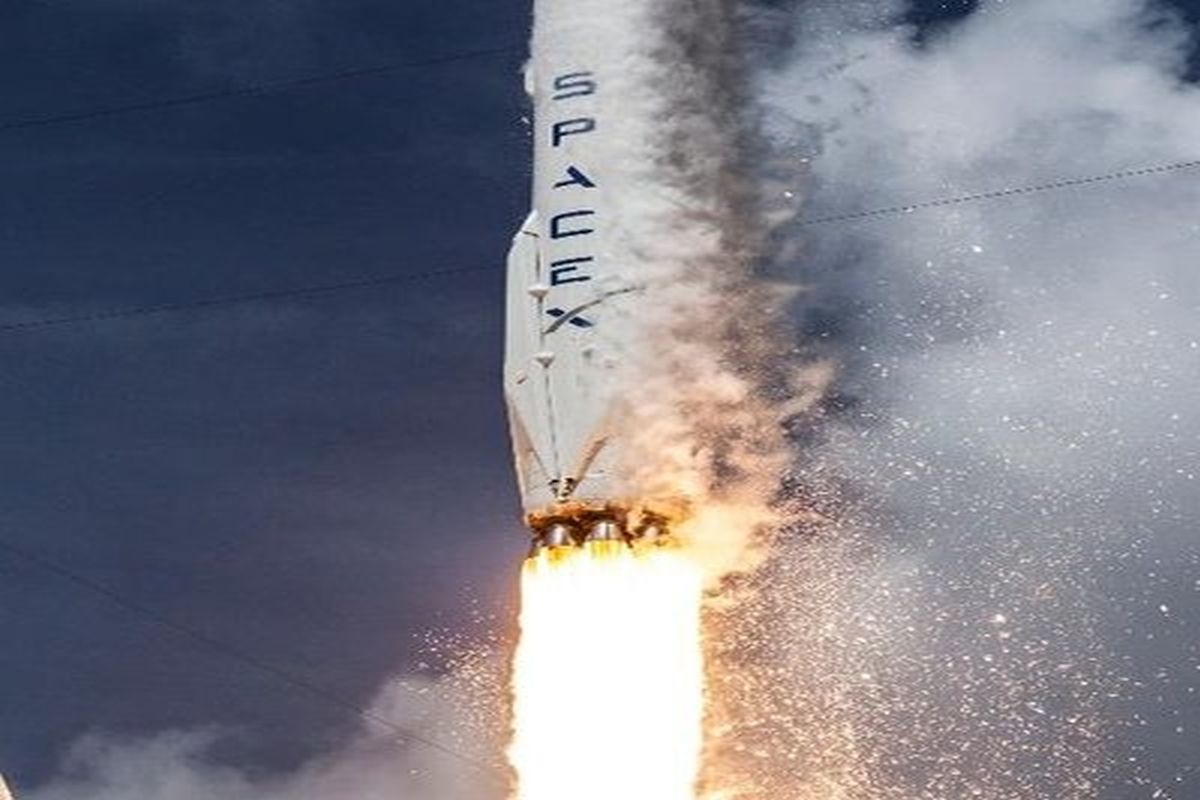SpaceX on Thursday launched a rocket containing the first 60 satellites of its “Starlink” constellation, which is intended to provide internet from space and could one-day number 12,000 satellites.
One of the company’s Falcon 9 rockets took off without incident from Cape Canaveral in Florida around 10:30 pm (0230 GMT).
Advertisement
The second stage of the rocket will begin to release them one hour after launch, at an altitude of 270 miles (440 kilometres), and then the satellites will use their thrusters to take up their places in a relatively low orbit of 340 miles (550 kilometres).
That’s slightly higher than the International Space Station, but well below the majority of terrestrial satellites, the highest of which sits in a geostationary orbit of 22,400 miles (36,000 kilometres).
The launch was originally scheduled for last week but was postponed, first due to high winds and then due to the need for a software update.
Billionaire Elon Musk’s firm, which is leading the private space race when it comes to rocket launches, is now looking to seize a chunk of the future space internet market.
The launch will make it an early forerunner, along with rival OneWeb, a startup, but well ahead of Amazon’s Project Kuiper, the brainchild of Musk’s space rival Jeff Bezos.
Each of the satellites weighs just 227 kilograms (500 pounds) and was built in-house in Redmond, near Seattle.
Starlink will become operational once 800 satellites have been activated, which will require a dozen more launches.









